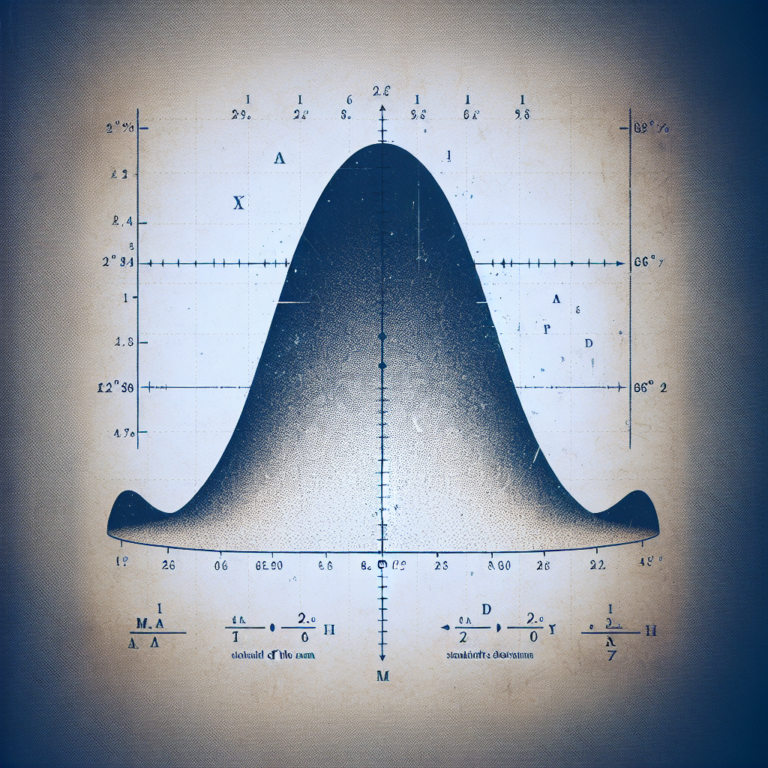Box plots are a valuable tool in statistics for visualizing the distribution of data. Understanding how to interpret box plots can provide valuable insights into the variability and distribution of a dataset. In this comprehensive guide, we will walk you through the key components of box plots and show you how to interpret them effectively.
Introduction to Box Plots
A box plot, also known as a box-and-whisker plot, is a standardized way of displaying the distribution of data based on a five-number summary: minimum, first quartile (Q1), median, third quartile (Q3), and maximum. The box part of the plot represents the interquartile range (IQR), which contains the middle 50% of the data. The whiskers extend from the box to the minimum and maximum values, while any points outside of the whiskers are considered outliers.
Box plots are particularly useful when comparing multiple datasets or when looking for patterns or trends in a single dataset. They can help identify central tendency, spread, and skewness of data, making them an essential tool in statistical analysis.
Key Components of a Box Plot
When interpreting a box plot, there are several key components to look out for:
- Median: The line inside the box represents the median, which is the middle value of the dataset when it is ordered from smallest to largest.
- Box: The box itself represents the middle 50% of the data, with the bottom and top edges representing the first and third quartiles, respectively.
- Whiskers: The whiskers extend from the box to the minimum and maximum values within 1.5 times the IQR from the first and third quartiles. Any points beyond the whiskers are considered outliers.
- Outliers: Outliers are individual data points that fall significantly far from the rest of the data and are represented as points outside of the whiskers.
How to Interpret a Box Plot
When analyzing a box plot, there are several steps to follow to interpret the data effectively:
Identify the Median: Locate the line inside the box, which represents the median of the dataset. This can give you an idea of the central tendency of the data.
Check the Spread: Look at the length of the box to understand the spread of the data. A longer box indicates a larger spread, while a shorter box signifies a smaller spread.
Examine the Whiskers: Check the length of the whiskers to determine the range of the data. If the whiskers are long, the data has a larger range, while shorter whiskers indicate a smaller range.
Look for Outliers: Identify any points outside of the whiskers, as these are considered outliers. Outliers can provide valuable insights into unexpected or extreme values in the dataset.
By following these steps and understanding the key components of a box plot, you can effectively interpret the distribution of data and gain valuable insights for your statistical analysis.
At StatisMed, we specialize in providing statistical analysis services for medical doctors. Our team of experienced statisticians can help you interpret box plots and other statistical tools to make informed decisions based on data. Contact us today to learn more about our services or request a quote.
Remember, mastering the interpretation of box plots can open up a world of possibilities in data analysis and visualization. Start practicing with different datasets and honing your skills to become proficient in interpreting box plots effectively. Happy analyzing!
[ad_2]




